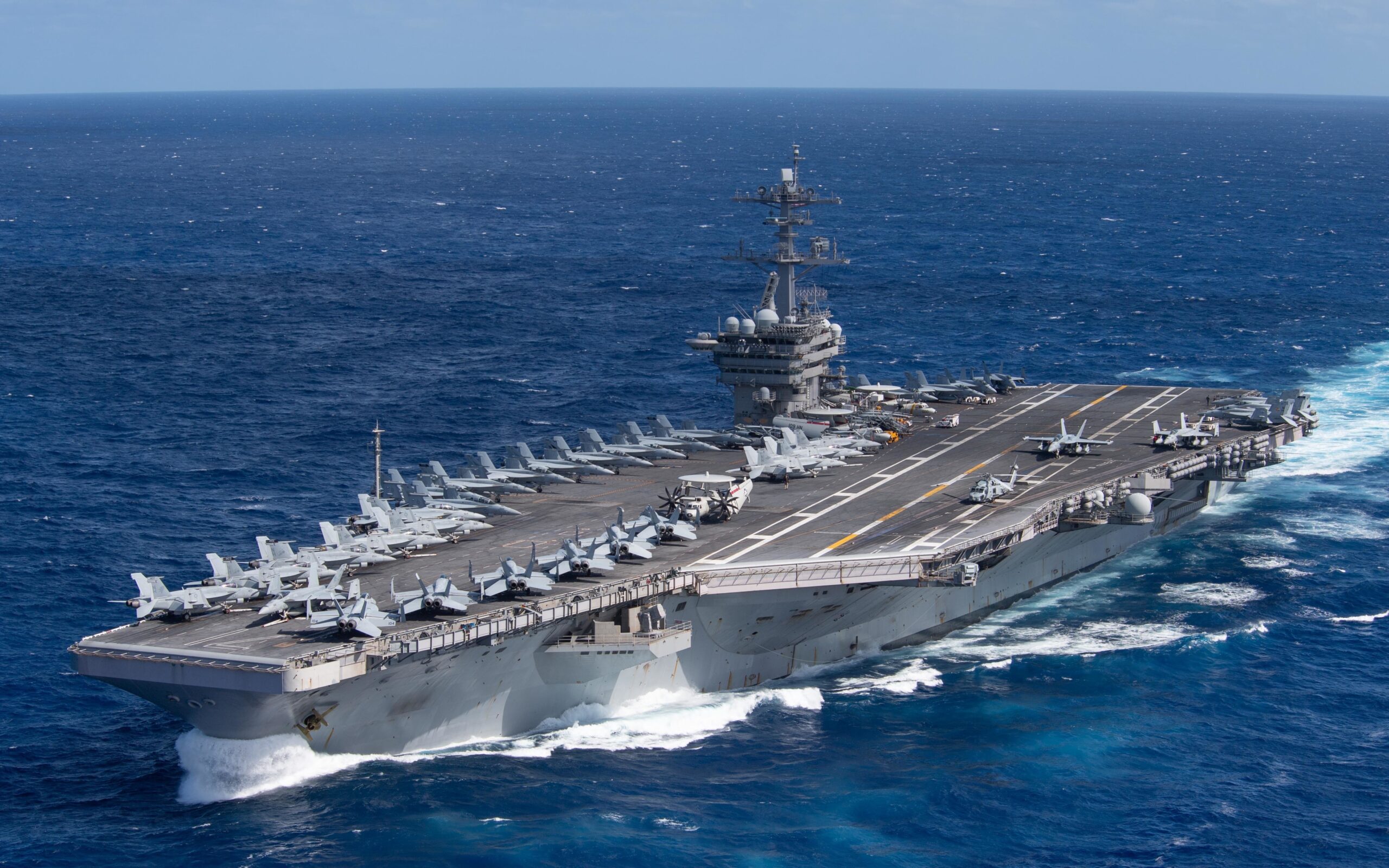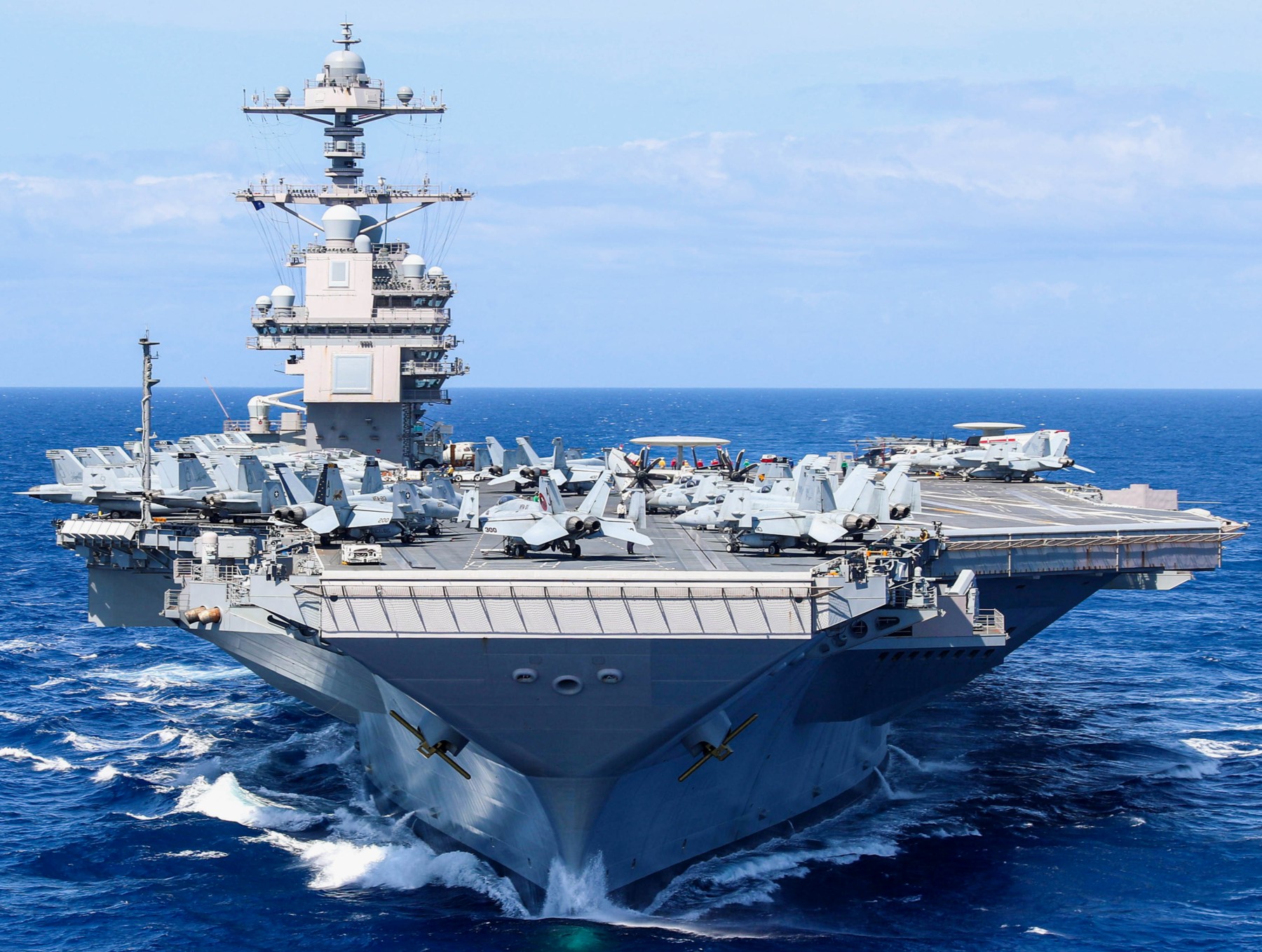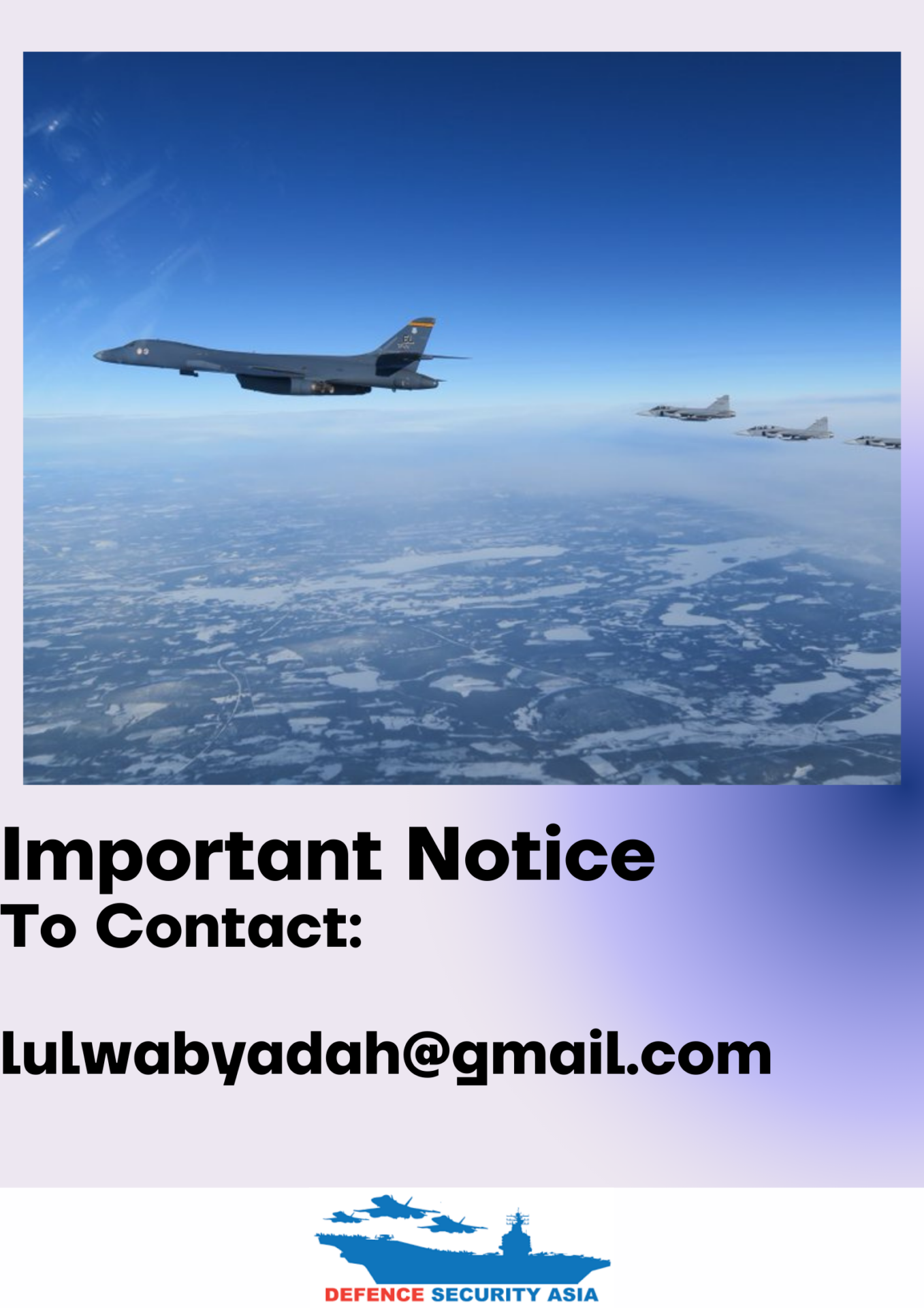U.S. Struggles with Carrier Shortage, No Aircraft Carriers Available for Indo-Pacific Deployment
Disebabkan ketegangan yang semakin memuncak di Timur Tengah dan ancaman Perang Besar di rantau itu, Amerika Syarikat telah menghantar beberapa kapal pengangkut pesawatnya ke rantau bergolak itu sehingga menyebabkan ia tidak mempunyai sebarang kapal pengangkut pesawat di Indo-Pasifik pada ketika ini.
(DEFENCE SECURITY ASIA) – Despite the United States possessing the world’s largest fleet of aircraft carriers, with 11 vessels, it is currently facing a “headache” due to a shortage of carriers available for deployment in the Indo-Pacific region.
The increasing tensions in the Middle East have prompted the United States to dispatch several of its aircraft carriers to the troubled region, leaving the Indo-Pacific without carrier presence.
At present, the U.S. has no aircraft carriers in the Pacific to counter the aggressive posture of the Chinese military.
Each of the U.S. Navy’s 11 aircraft carriers weighs at least 100,000 tons and carries hundreds of fighter jets and other combat assets.
Their voyages are typically accompanied by several armed destroyers and cruisers.

The USS Abraham Lincoln, previously stationed in Yokosuka, Japan, has been redeployed to the U.S. Fifth Fleet’s operational area in the Middle East, while the USS Ronald Reagan has shifted its base from Yokosuka to Bremerton, Washington.
The replacement for USS Ronald Reagan is still undergoing maintenance in San Diego.
Other aircraft carriers based in the Pacific are also undergoing maintenance.
Of the six U.S. carriers stationed in the Pacific, the USS Carl Vinson has just completed the world’s largest maritime exercise, RIMPAC 2024, while the USS Nimitz has recently finished maintenance.
The USS Ronald Reagan and USS George Washington are currently in San Diego for crew and equipment changes.
Due to the tensions in the Middle East and the looming threat of a major conflict involving Hezbollah, Iran, and Israel, the United States has dispatched two carriers, the USS Theodore Roosevelt and the USS Abraham Lincoln, to the region.

The USS Theodore Roosevelt has been operational for 11 months, and the USS Abraham Lincoln was ordered to cut short its deployment in the U.S. Seventh Fleet’s area in the Indo-Pacific to head to the Middle East under orders from U.S. Secretary of Defense Lloyd Austin.
With no aircraft carriers in the Pacific for at least three weeks, the United States has created a critical “operational gap” in a strategically important region facing increased Chinese military aggression.
Just days ago, a Chinese coast guard vessel “collided” with a Philippine coast guard ship in the South China Sea, while Taiwan’s Ministry of Defense announced live-fire exercises involving the Patriot air defense missile system, Tien Kung III, and the Hsiung Feng II-E anti-ship missile.
The U.S. Navy’s fleet of 11 aircraft carriers is struggling to meet the growing global “workload,” due to high geopolitical tensions in the Middle East, required maintenance schedules, and operations in the Indo-Pacific.
The absence of aircraft carriers in the Seventh Fleet’s operational area in the Pacific will only be resolved by mid-to-late next month when the USS George Washington, currently in San Diego, begins its voyage back to Yokosuka, Japan, to resume its duties in the Pacific waters. – DSA



Comments are closed.